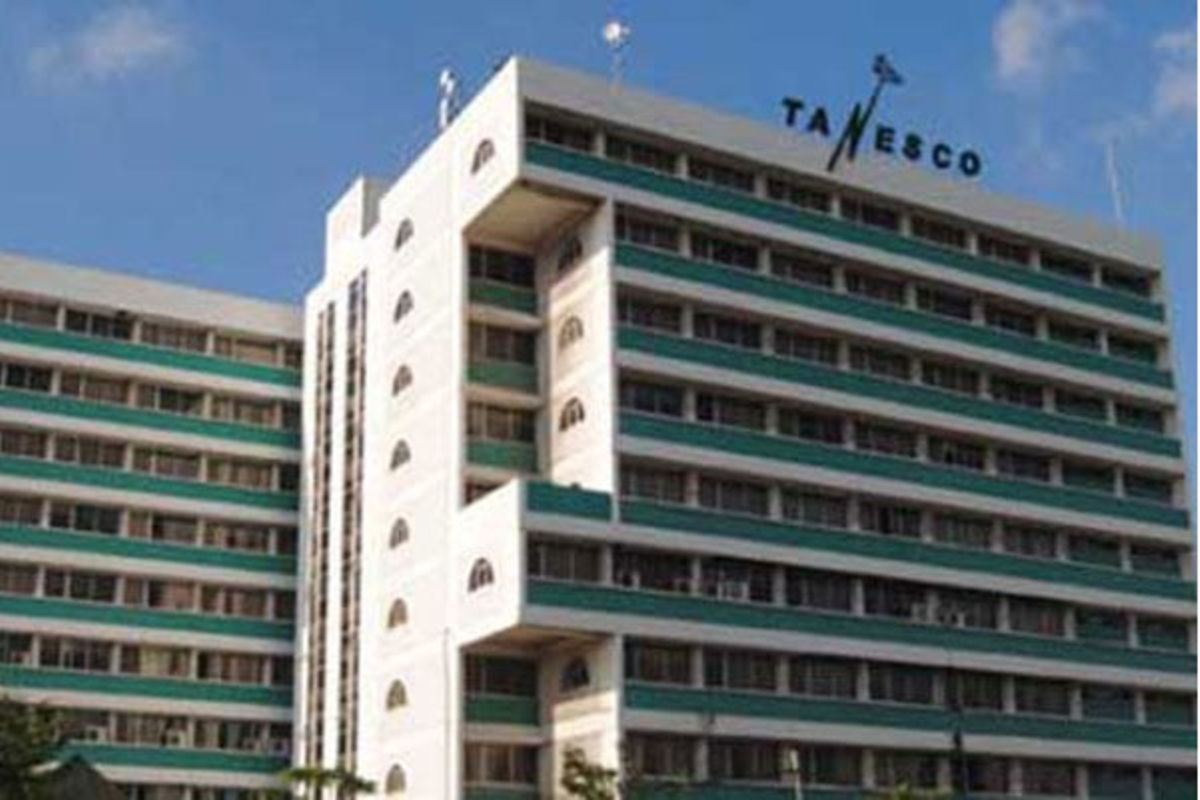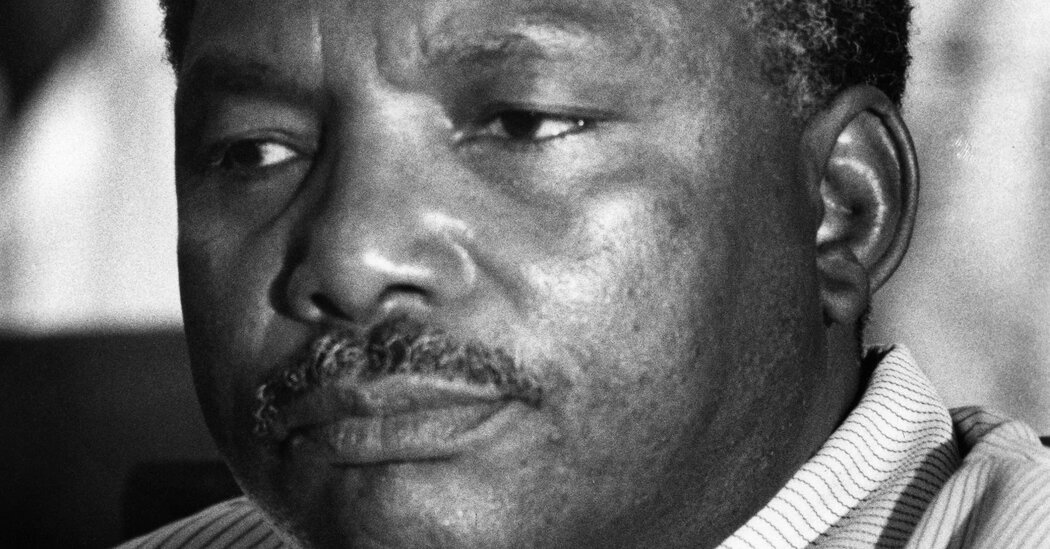
If a tree falls in the forest and there is no one around to hear it, does it make a sound?
That old philosophical saying came to mind when I was informed that my article about Tanesco last week made some individuals a bit uncomfortable. However, the intention was not to cause discomfort, but rather to encourage accountability in an area which has historically been a challenge for Tanesco in order to bring about necessary changes.
Over the next 20 years Tanzania plans to invest $50 billion in the power sector, a gargantuan sum for a country the size of Tanzania. The most startling aspect, however, is that two-thirds of that money is set aside for power generation alone, which is almost $30 billion. This is a recipe for disaster in an environment with little financial control.
That is one of the reasons I believe that Tanesco’s forays into electricity generation should be terminated as quickly as possible.
My solution for power generation is an exclusive Build, Own, and Operate (BOO) model using the private sector. While Public-Private Partnerships (PPPs) have had mostly negative impacts on Tanzania’s energy sector, the issue is not with the PPPs themselves, but rather how they were implemented. It was not the model that was suspect, but the system that managed it. Nonetheless, PPPs in electricity generation has the potential to save Tanzania up to $30 billion over the next two decades.
BOO requires a dramatic change in how Tanesco will be operating. Investors would require performance guarantees, especially the purchase of a minimum volume of power, without which no investor could ever justify the investment. Tanesco will have to strive for efficiency and respond to market demands or risk significant penalties.
At present, Tanesco is far from achieving such lofty targets, as evidenced by ongoing power outages, significant power losses, and long waiting times for electric connections. I think restricting Tanesco’s responsibilities to transmission and distribution functions will not be enough either. Further restructuring will be required to realise the benefits of the proposed approach fully.
The shelved 2015 Tanesco strategic plan proposed dividing the company into two entities, one responsible for serving the eastern half of Tanzania and the other for the western half. The idea was to improve performance and introduce a measure of competition in the power sector. That would allow some customers to choose a provider by situating their businesses in different regions based on the quality of service. While this idea was ignored at the time, it is worth revisiting as it presents a potential solution that is both feasible and innovative.
In recent years, the government has embarked on the most intensive expansion of the power transmission network since independence. That has led to a rapid improvement of the national grid, with regions such as Geita, Kagera, and Kigoma recently connected. In Dar, a new transmission ring has been built, intended to increase supply and improve reliability. The SGR link is also being constructed to supply the railway with the power it needs to run. There are also proposed high-voltage power connections to all the neighbouring nations that will be completed in the next few years.
That is a very positive development—finally, Tanzania’s national power grid starts to look truly national. That indicates that power supply is slowly getting the attention it deserves in Tanzania. If the government can sustain its current drive, a lot will happen by 2030.
However, Tanesco continues to face difficulties due to the geographic concentration of power resources in the east and the high transmission costs to distant areas.
The gas reserves are in Mtwara, Lindi and Coasr regions. The Julius Nyerere Hydropower Project is in Coast too. When JNHPP is opened in 2024, possibly up to 90 percent of all power generated in the country will come from Dar and Coast. The transmission cost for that power to reach load centres in Lake Zone, Kigoma, or Arusha imposes a heavy financial burden on Tanesco, costing hundreds of billions of shillings annually.
A more cost-effective and reliable solution may be the construction of gas pipelines toward the centre of the country. We should remember that even without offshore LNG resources, Tanzania is far from exhausting its onshore reserves from Songo Songo and Mnazi Bay. Gas pipelines to Dodoma, Singida, or even Tabora would reduce transmission losses, increase grid stability, and improve power supply reliability.
A 2010 REPOA report showed that expanding the grid to connect 100,000 extra households would create 230,000 jobs over five years. With nearly 9 million households still to be reached, the potential economic gains from the rapid electrification of the country are substantial. According to a recent IEA report, for almost half of those households, that may be the most prudent option.
Focusing on transmission and distribution is the right thing for Tanesco and Tanzania.
Share this news
This Year’s Most Read News Stories

Ali Hassan Mwinyi, Former President of Tanzania, Dies at 98
Ali Hassan Mwinyi, a schoolteacher turned politician who led Tanzania as its second post-independence president and helped dismantle the doctrinaire socialism of his predecessor, Julius K. Nyerere, died on Thursday in Dar es Salaam, the country’s former capital. He was 98.Continue Reading

MGAO WA MAJI WAWATESA WAZANZIBARI
Wananchi wengi hasa katika maeneo ya Mjini Unguja, wanalalamikia ukosefu wa maji safi na salama huku Mamlaka ya Maji Zanzibar ikikabiliwa na changamoto ya ukosefu wa ujuzi na wataalam katika masuala ya uandisi wa Maji na fani nyengine.Continue Reading

Loud calls for investigation of Zanzibar port, ZSSF & airport
The leader of the ACT Wazalendo, Zitto Kabwe has raised three key issue that he said are hindering the economy of ZanzibarContinue Reading










